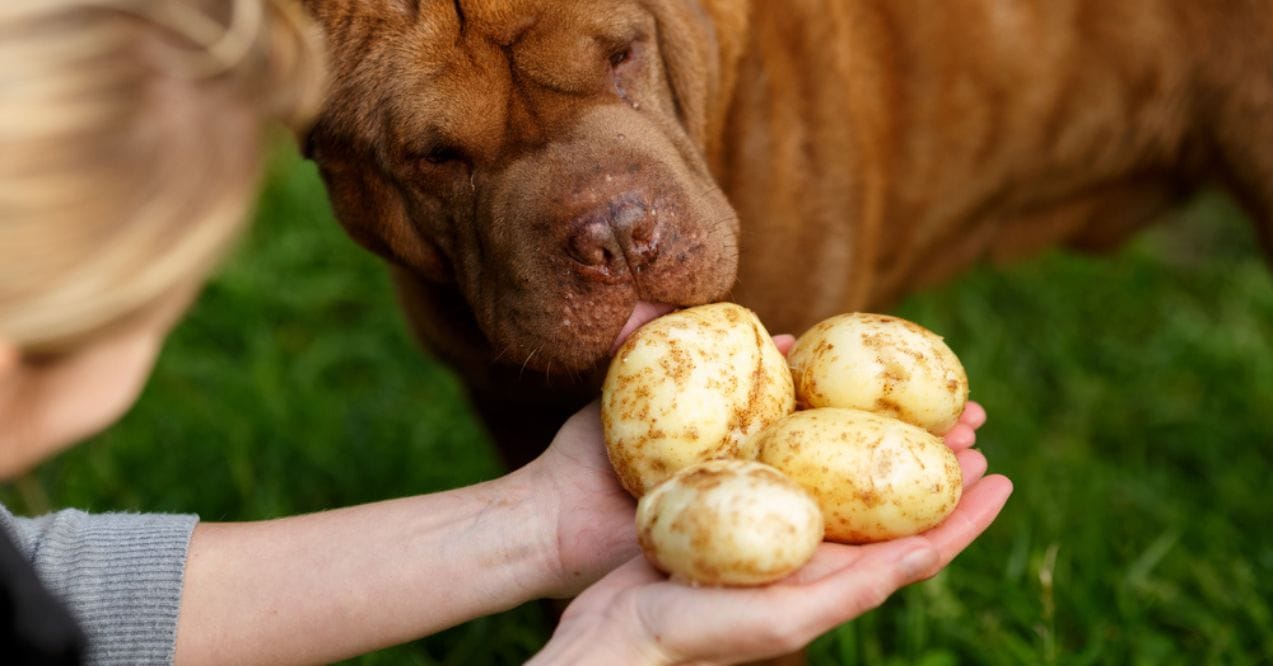Dog Nutrition Calculator
Proper nutrition is essential for maintaining your dog’s health and well-being, which is why our dog nutrition calculator is designed to help you determine the precise dietary needs of your furry friend based on their weight, body condition, and activity level. This tool assists pet owners in determining the daily caloric intake and food dosage required to keep their dogs healthy.
By considering various factors such as weight, spay/neuter status, body condition score (BCS), and activity level, the calculator provides personalized nutritional recommendations tailored to your dog’s specific needs. Below, we’ll explain how our calculator works and why it’s important to tailor your dog’s diet to their specific requirements.
The formulas and calculations used are based on widely accepted veterinary guidelines and research on canine nutrition. Specifically, the Resting Energy Requirement (RER) and Maintenance Energy Requirement (MER) calculations are derived from foundational studies and guidelines developed by experts in veterinary nutrition such as the NRC, AAHA, WSAVA, and veterinary textbooks.
Calculator Guidelines
Our calculator is designed for adult dogs, ensuring they receive the precise nutrition needed to maintain optimal health and well-being. Here’s a more detailed look at why this tool is specifically for adult dogs and the considerations for other groups like puppies and pregnant or lactating females.
Puppies

Puppies have unique nutritional requirements that differ significantly from those of adult dogs. Their diet needs to support rapid growth, development, and high energy levels. Here are the general guidelines for when puppies transition to adulthood based on their size:
- Small Breeds: Small breeds reach adulthood relatively quickly, typically around 9 to 12 months of age. At this stage, their caloric needs stabilize, and they can transition to an adult dog diet. For specific dietary needs during their growth phase.
- Medium Breeds: Medium-sized breeds generally reach adulthood between 12 to 14 months of age. During their growth phase, they require balanced nutrition with a higher protein content to support muscle development and overall growth.
- Large and Giant Breeds: These breeds have a longer growth period and shouldn’t be considered adults until they are between 1 to 2 years old. Their diet should be carefully managed to avoid rapid growth, which can lead to skeletal and joint issues.
Puppies lack the ability to regulate nutrients like adult dogs and require daily nutritional balance for essential nutrients. Since puppies require multiple meals a day, each meal does not need to be accurately balanced. However, the amount of calories and nutrients fed in one day must provide all essential nutrients necessary for optimal growth and development.
The growing puppy starts out needing about twice as many calories per pound of body weight as an adult dog of the same breed. Owners should start feeding puppies at approximately 4 weeks after birth, because mother’s milk is no longer sufficient.
Pregnant or Lactating Females

Pregnant and lactating dogs have distinct nutritional needs that cannot be met by standard adult dog feeding calculators. They require increased caloric intake, higher protein levels, and specific nutrients to support fetal development and milk production. It’s essential to consult with a veterinarian to develop a tailored feeding plan that meets these heightened nutritional demands.
Senior Dogs

As dogs age, their metabolic rate and activity levels typically decrease, leading to lower energy needs. It’s important to adjust their diet to prevent weight gain and related health issues.
- Small to Medium Breeds: These dogs are generally considered seniors at around seven years of age. At this stage, their diet should be lower in calories but still rich in essential nutrients to support their aging bodies.
- Large Breeds: Large breeds reach senior status much earlier, often as young as five years. Their diet should also be adjusted to lower caloric intake while maintaining adequate protein and other vital nutrients.
How to Use the Dog Nutrition Calculator
- Enter Your Dog’s Weight: Measure your dog’s weight accurately in pounds.
- Calories Per Cup of Food: Input the caloric content found on your dog food’s packaging.
- Spay/Neuter Status: Select whether your dog is spayed/neutered or intact.
- Body Condition Score (BCS): Use the visual guide provided to assess your dog’s BCS (ranges from 1-9).
- Activity Level: Choose the activity level that best describes your dog’s daily routine.
- BCS 1-2 (Very Thin): Ribs, lumbar vertebrae, and pelvic bones are easily visible. There is no discernible body fat, and the dog has an exaggerated hourglass shape. Dogs with a BCS of 1-2 need increased caloric intake and possibly medical intervention to address underlying health issues.
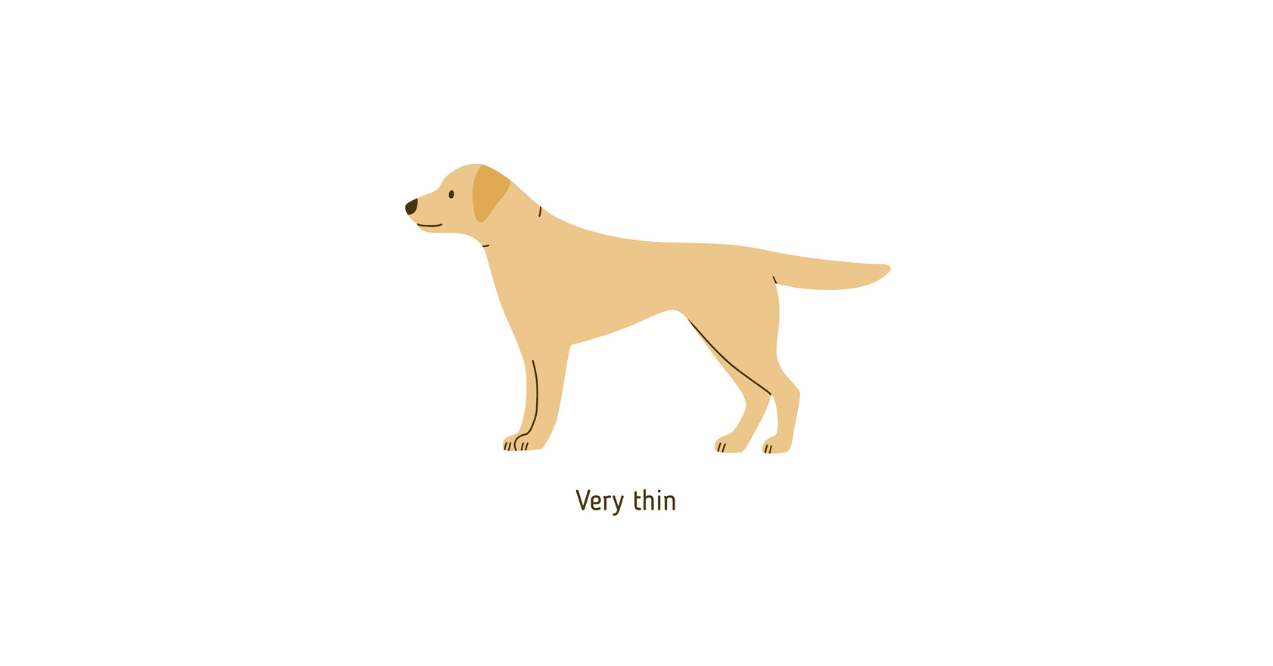
- BCS 3 (Underweight): Ribs are easily palpable and may be visible with little fat covering. The waist is noticeable when viewed from above, and the abdominal tuck is evident. Underweight dogs may require a diet with higher fat and protein content to reach a healthier weight.
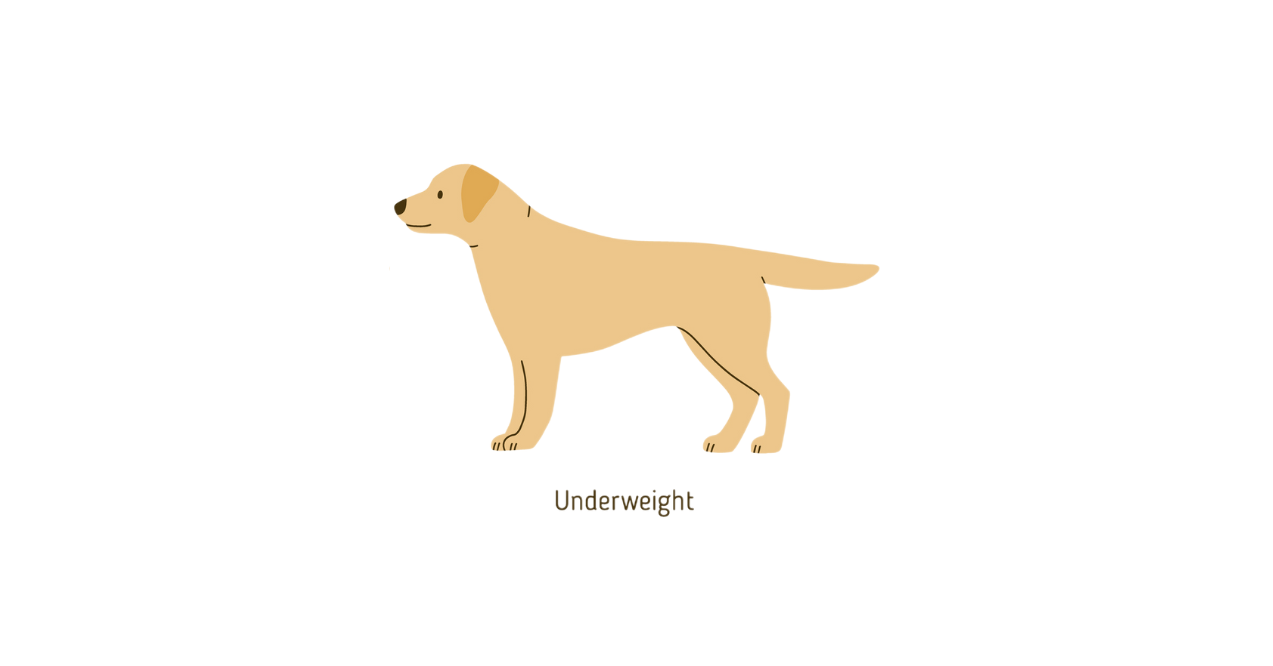
- BCS 4-5 (Ideal Weight): Ribs are palpable without excess fat covering. The waist is observed behind the ribs when viewed from above, and the abdomen is tucked up when viewed from the side. Maintain a balanced diet and regular exercise to keep your dog at an ideal weight.
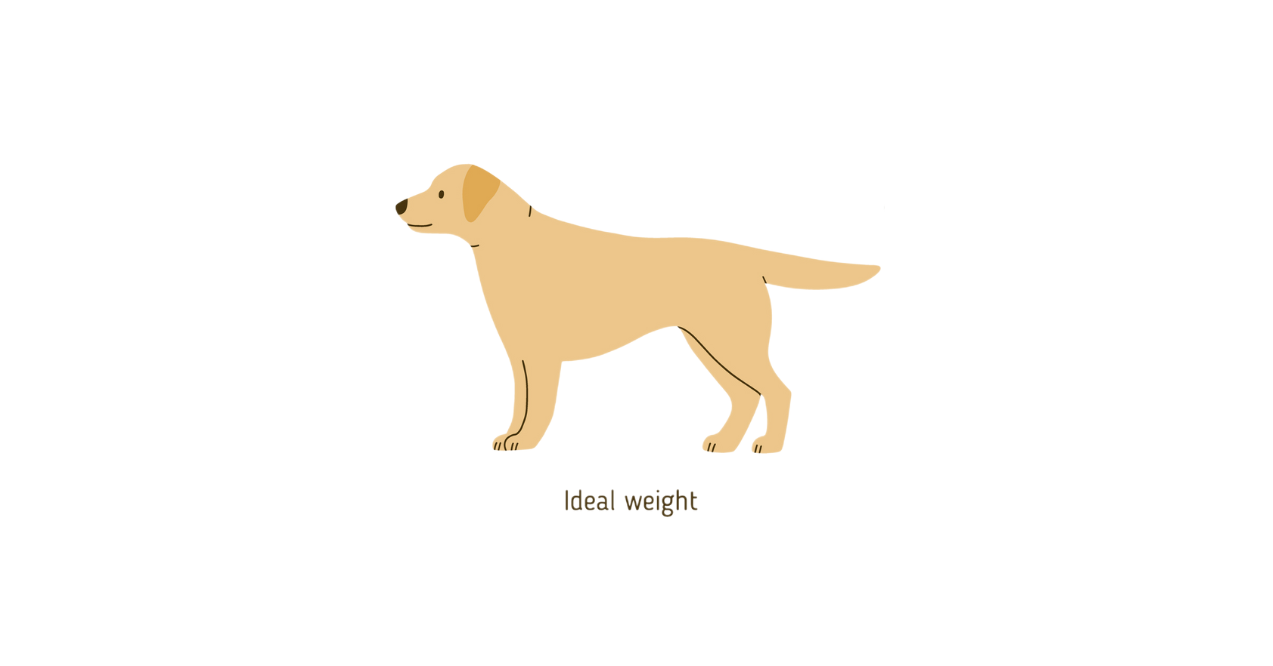
- BCS 6-7 (Overweight): Ribs are palpable with a slight excess of fat covering. The waist is discernible but not prominent. There is a slight abdominal tuck. Overweight dogs should have a controlled diet with fewer calories and increased exercise.
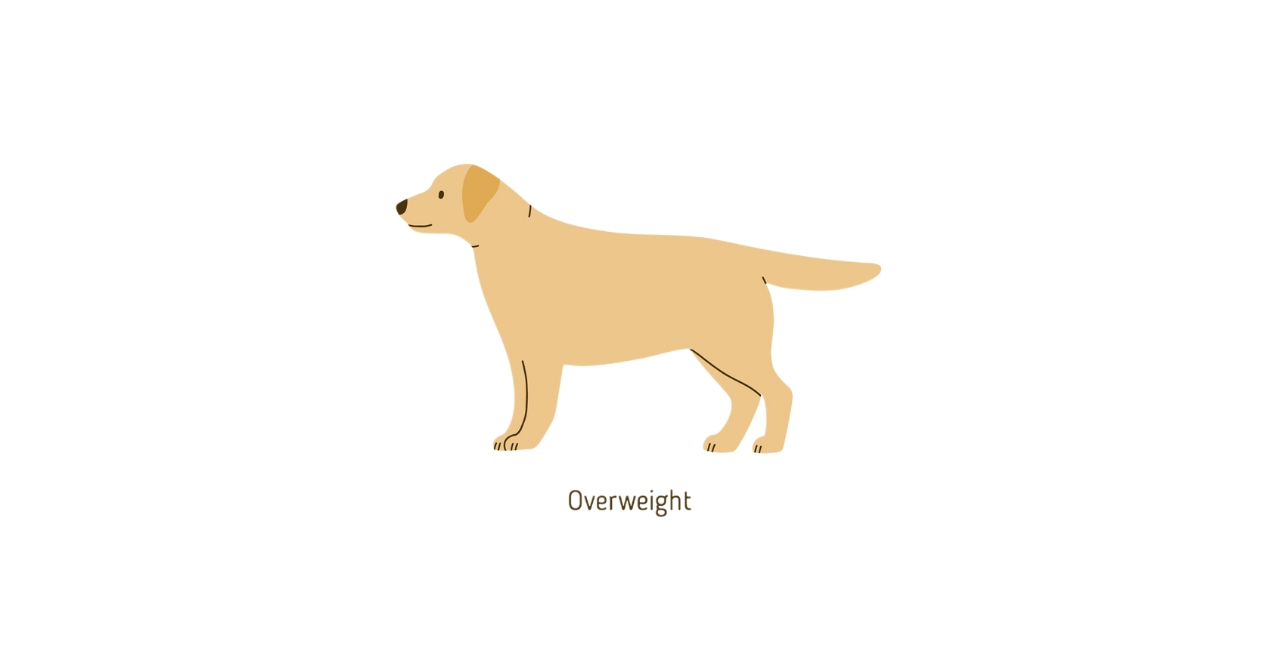
- BCS 8-9 (Obese): Ribs are not palpable under heavy fat cover. There are noticeable fat deposits over the lumbar area and base of the tail. There is no waist, and the abdomen may sag. Obese dogs require a veterinarian-supervised weight loss plan, which includes a low-calorie diet and increased physical activity.
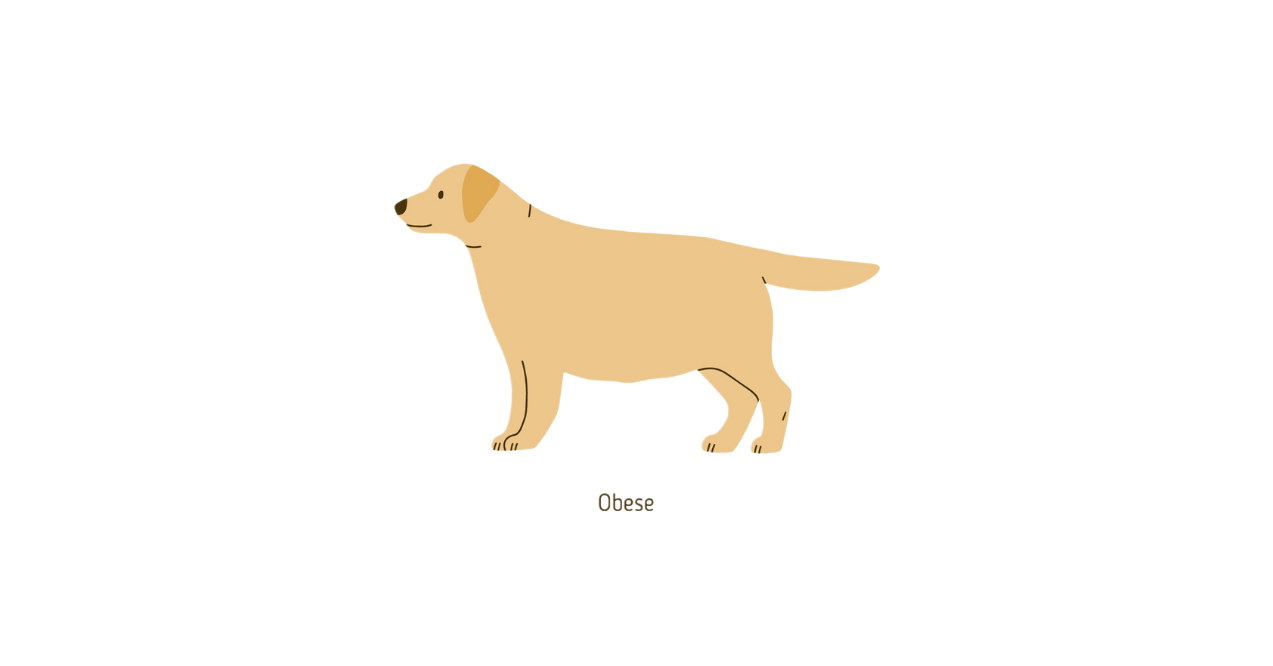
Understanding the Results
Daily Baseline Energy Needs (RER) – The minimum amount of calories your dog needs to support basic bodily functions while at rest.
- Formula: RER = 70 × (weight in kg)0.75
The formulas used to calculate the Resting Energy Requirement (RER) and Maintenance Energy Requirement (MER) are based on weight in kilograms, which is the standard unit in scientific and veterinary contexts. The calculator automatically converts the weight from pounds to kilograms using the conversion factor: 1 pound = 0.453592 kilograms. This allows the formulas to use the correct units without requiring you to do any extra calculations.
Daily Total Energy Needs (MER) – The total amount of calories your dog needs each day, including their activity level and overall lifestyle.
- Formula: MER = RER × spay/neuter multiplier × BCS multiplier × activity multiplier
Suggested Daily Food Dosage – The amount of food (in cups) your dog should be fed daily to meet their caloric needs.
- Formula: Food Dosage = MER / calories per cup
This calculation provides the total daily amount of food your dog needs. You can divide this total into multiple meals throughout the day based on your dog’s feeding schedule and preferences. Always consult with your veterinarian to determine the best feeding practices for your specific dog.
Conclusion
Proper nutrition is essential for maintaining your dog’s health and well-being. Our dog nutrition calculator is designed to help you determine the dietary needs of your furry friend based on their weight, body condition, and activity level.
By considering various factors such as weight, spay/neuter status, body condition score (BCS), and activity level, the calculator provides personalized nutritional recommendations tailored to your dog’s specific needs.
Using this tool can help ensure your dog receives the right amount of calories and nutrients to maintain a healthy and active lifestyle. Always remember to consult with your veterinarian to confirm that the recommended feeding practices are suitable for your dog’s unique health requirements.
Advertisement. This site offers health, wellness, fitness and nutritional information and is designed for educational purposes only. You should not rely on this information as a substitute for, nor does it replace, professional medical advice, diagnosis, or treatment. If you have any concerns or questions about your health, you should always consult with a physician or other health-care professional. Do not disregard, avoid or delay obtaining medical or health related advice from your health-care professional because of something you may have read on this site. The use of any information provided on this site is solely at your own risk.













